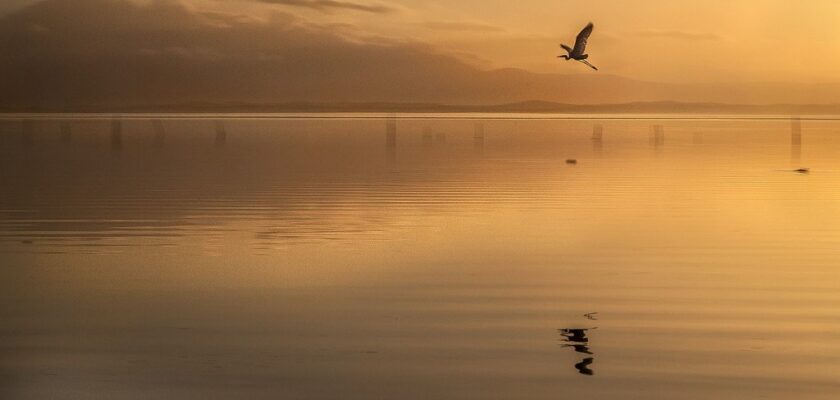Lake Trasimeno (Lago Trasimeno)
Lake Trasimeno is surrounded on three sides by hills, the serene greenish waters are full of fish and the shores are home to birds: swans, herons, cormorants, wigeons and wild geese. It is the largest lake on the Italian peninsula. On the islands of Polvese and Maggiore, the ruins of castles and medieval fortresses of Passignano, Monte del Lago and Castiglione del Lago testify to the area’s turbulent past. According to legend, it was here that one of the decisive battles of the Punic War took place in 217 BC, where Hannibal of Carthage defeated Gaius Flaminius, commander of the Roman Republic, and the battle was so brutal that the combatants did not even notice the earthquake that occurred in the midst of the battle.
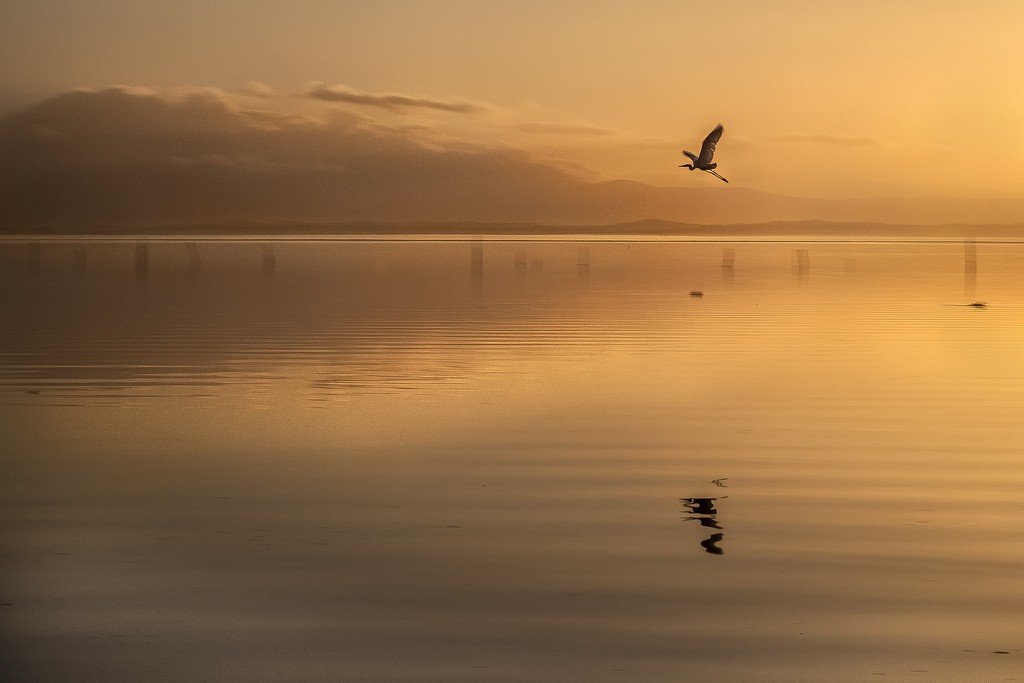
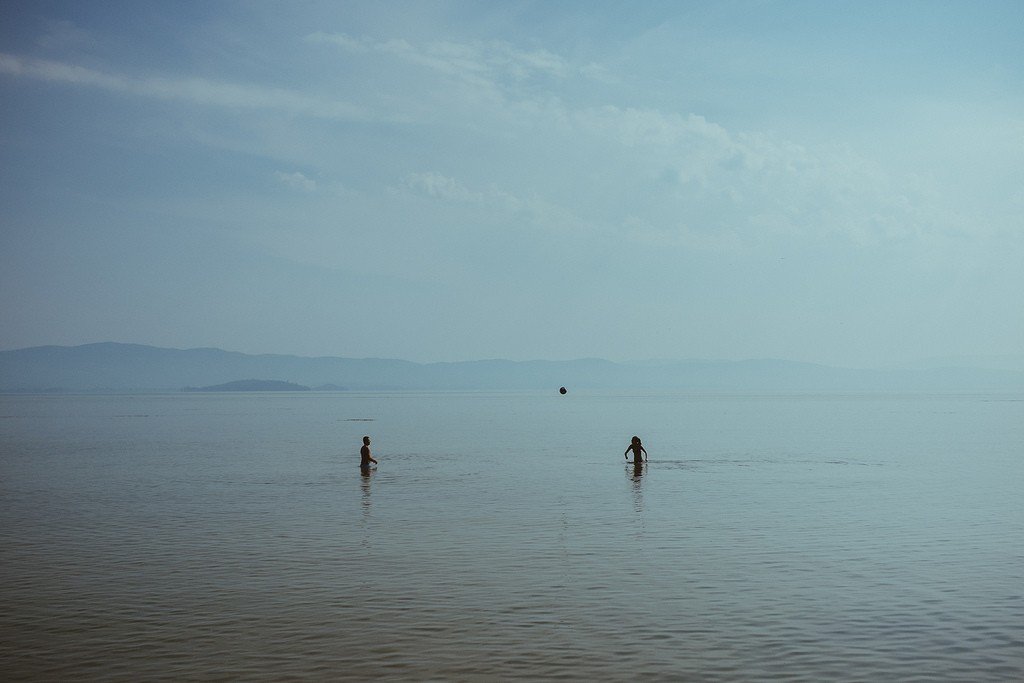
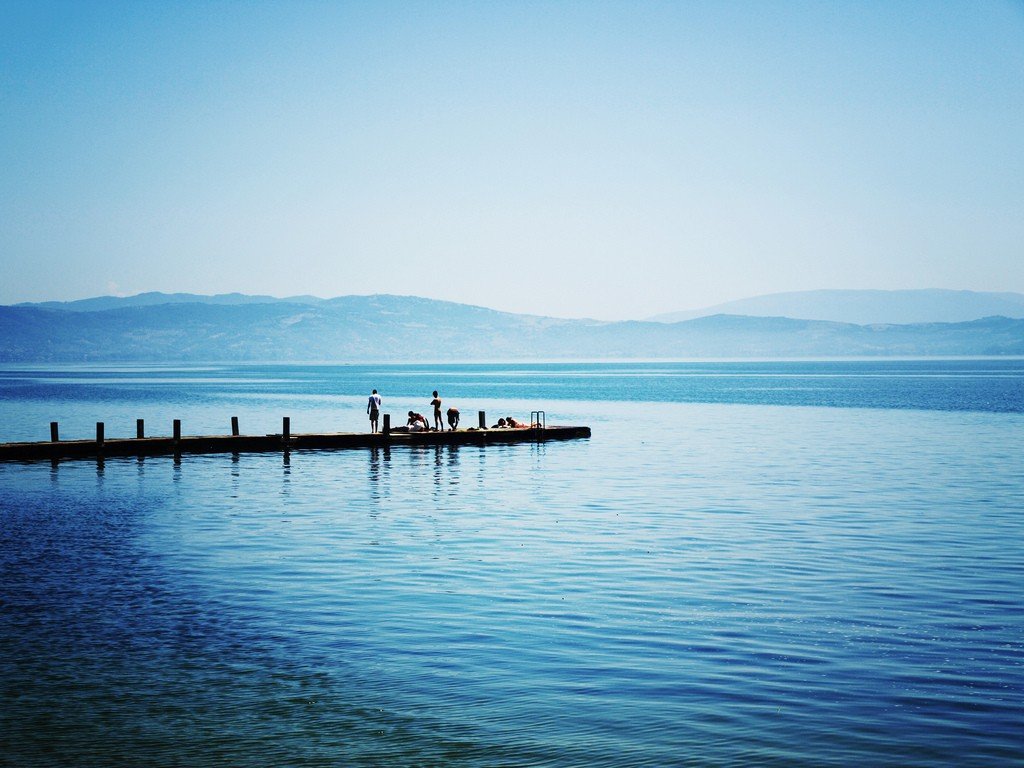
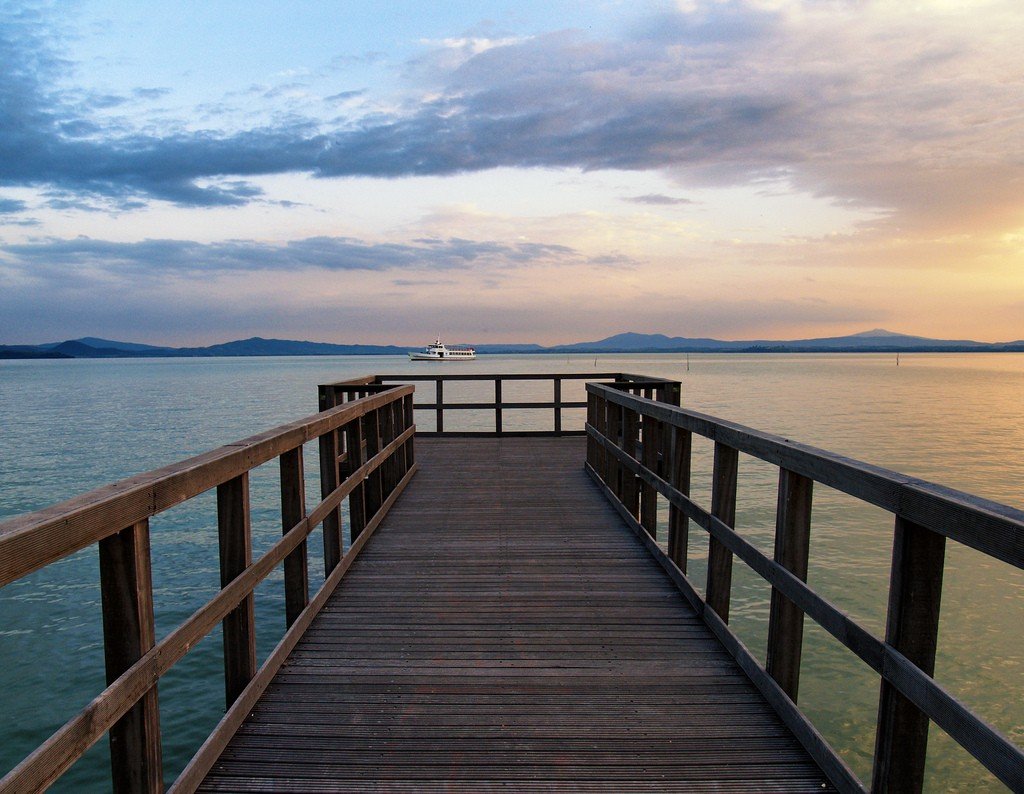
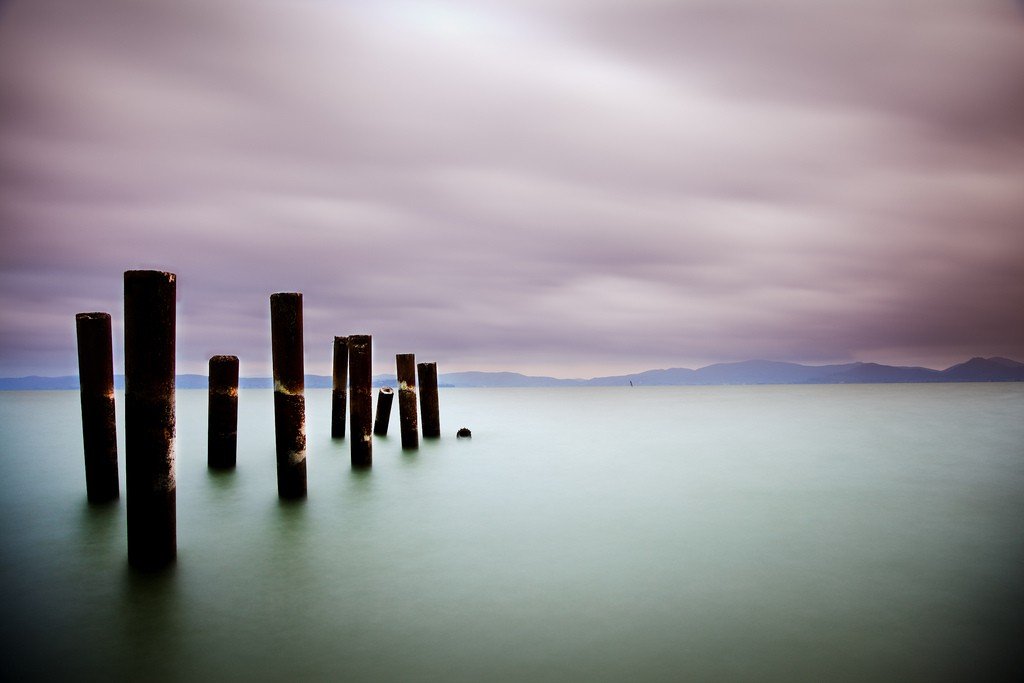
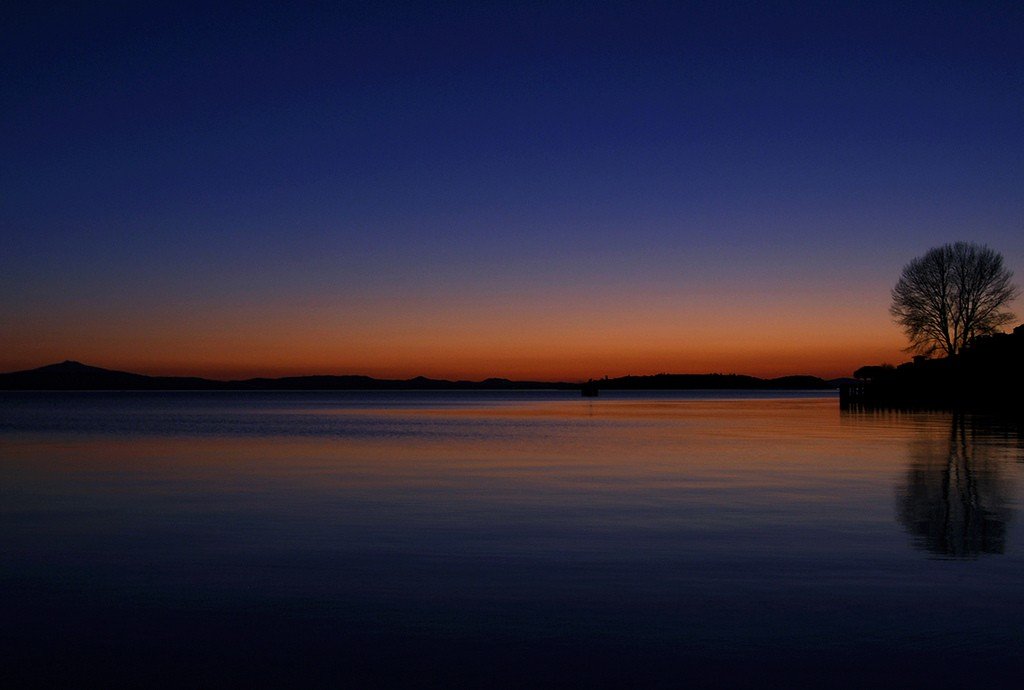
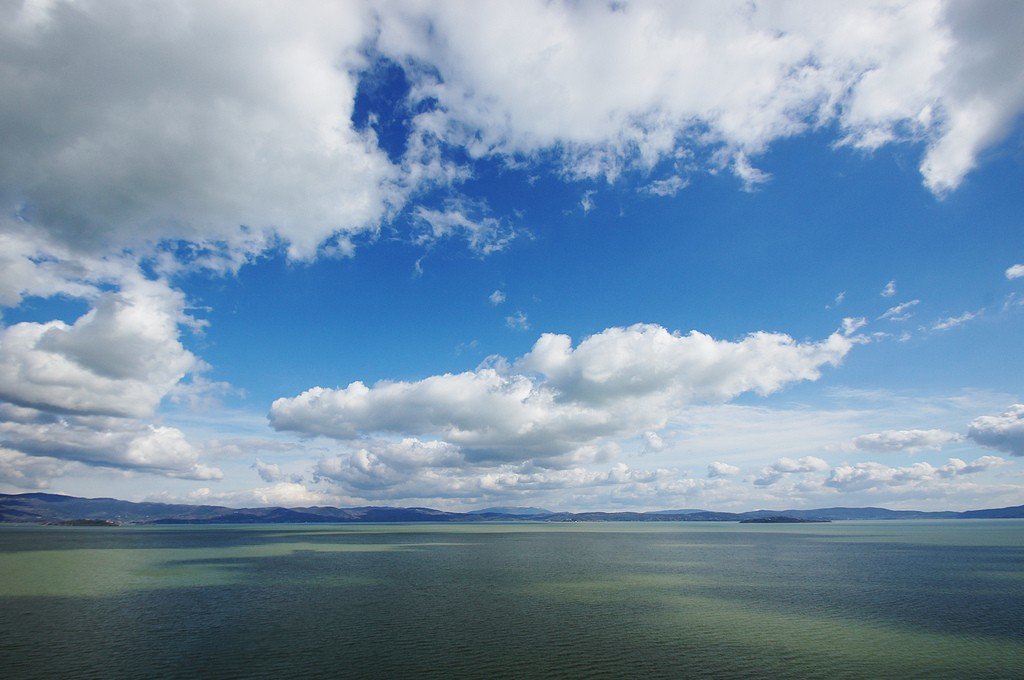
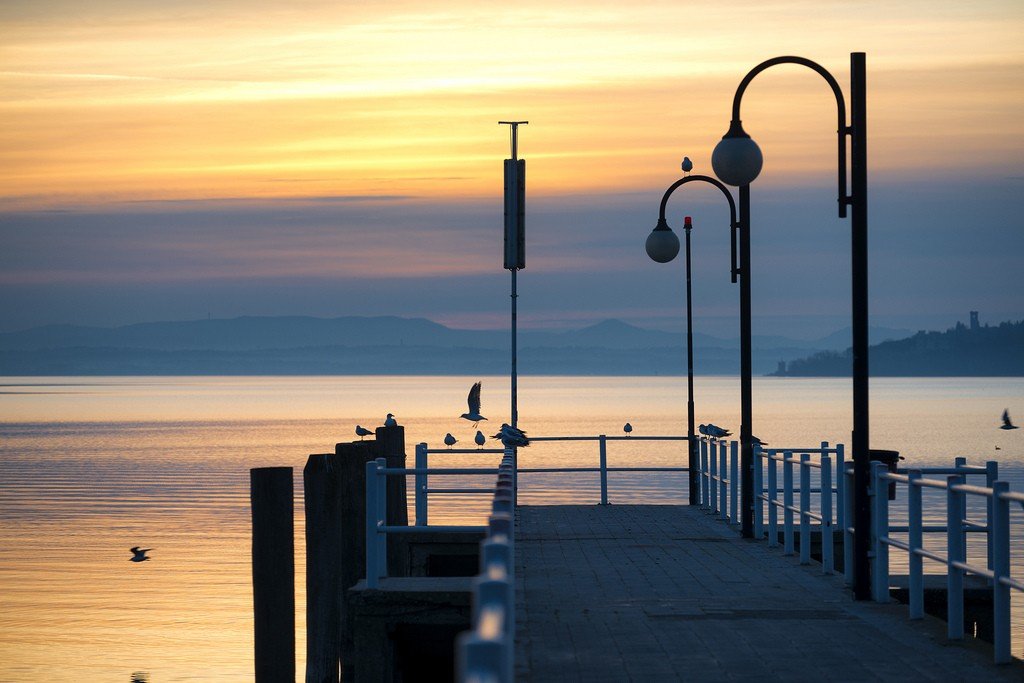
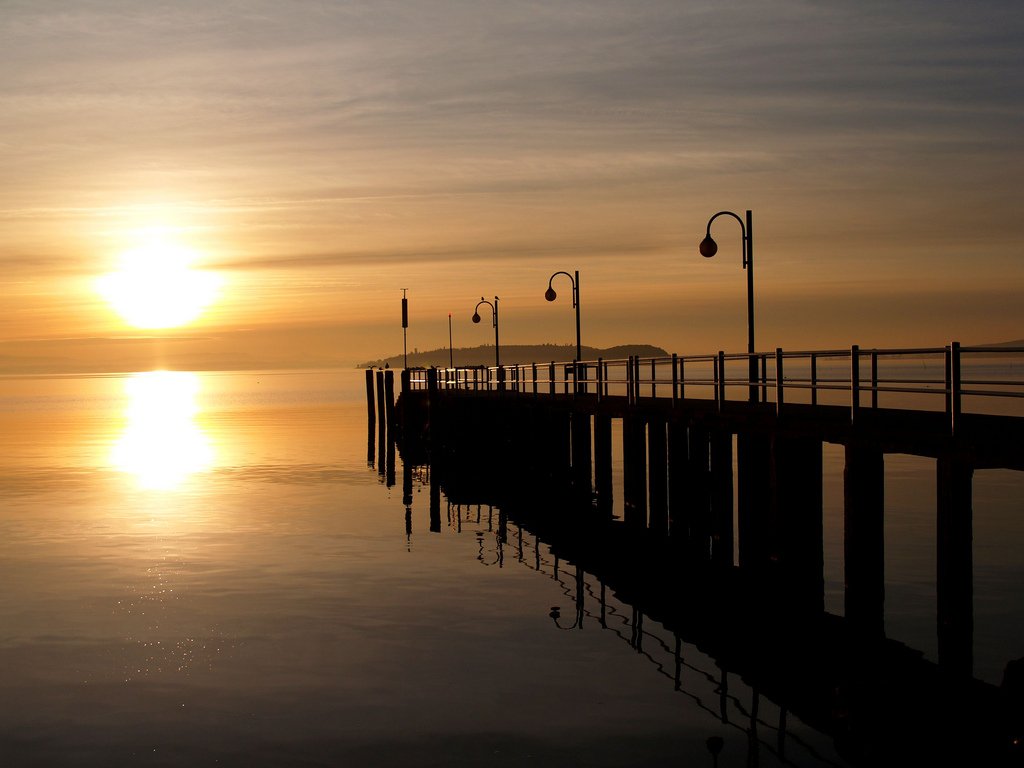
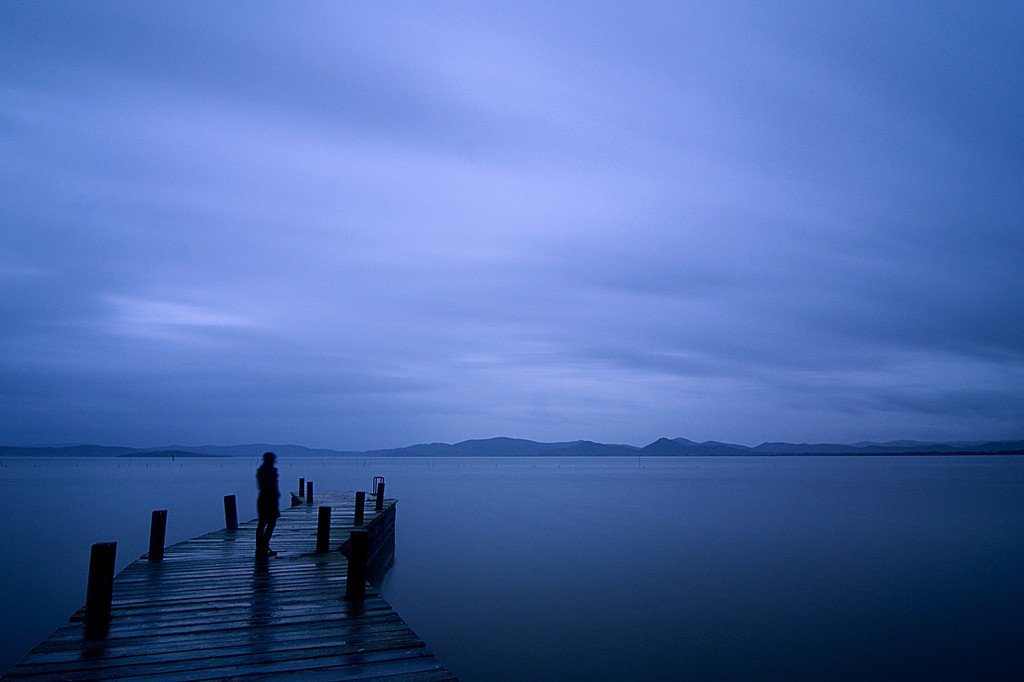
Highlights
Today, olive groves and pine trees grow on the islands of Polvese, the islands of Maggiore and Isola Minora are favorite tourist destinations.
.
Lake Trasimeno is a popular sport fishing destination and its water is naturally renewed every 22 years. Tourists enjoy coming here to see the old fortresses and castles and Etruscan ruins.
.
Restaurants in the surrounding villages have dainty fish dishes on the menu. Unfortunately, the water in the lake is polluted, so swimming in the lake is not very pleasant.
.
What to see
Castiglione del Lago
The fortified town of Castiglione del Lago (13.7 thousand inhabitants) stands on a promontory above the western shore. Its appearance is linked to the reign of the Corgna family (1550-1643). The palazzo of this family (1563) with magnificent interior paintings stands on Piazza Gramsci. A passage on the inside of the fortress wall connects the building with the castle of Frederick II Castello del Leone (Castello del Leone, ca. 1250) with a 39 m high tower; the castle is considered one of the largest defensive structures in Europe.
.Tuoro
Near Tuoro on Lake Trasimeno, there was a battle between Hannibal and the Romans that was as famous as it was bloody. For two years, the famed Carthaginian commander marched on Rome through Spain and then across the Alps. His legendary military strategy – attacking the enemy from three sides – in 217 BC killed about 15 thousand Romans. In the village of Tuoro (3,600 inhabitants), the Central Archive of the Battle of Lake Trasimeno (Centra Dokumentazione sulla Battagglia del Trasimeno) has been opened; a special route recounts the events, including noting the places where the dead were probably burned. Large sculptures by many artists are displayed on the lakeside at Campo del Sole.
.Passigne yano zul-Trasimeio
The charming little town of Passignano sul Trasimeno (4900 inhabitants) on a small promontory on the north shore is the most important resort and port on the lake. From the promenade and promenade, winding streets lead up to the ruins of the fortress. During the Second World War, the town was bombed heavily and was the site of a flying school and an airplane repair facility. Of interest are the church of San Cristoforo (S. Cristoforo) in the cemetery, built in the 10th-11th centuries, and the church of Madonna del-l’Olivo (Madonna del Olivo) on the western outskirts (1582-1586).”
.Кастель-Ригоне
East of Passignano, 350 meters above the lake, Castel Rigone is worth a visit to enjoy the magnificent view of the lake. It has a castle dating back to the 13th century, a monastery orphanage dating back to the 15th century and the Renaissance church of Maria dei Miracoli (1494) with paintings by G. B. Caporali and D. Alfani.
.Монте-дель-Лаго
Monte del Lago is situated on a cliff ledge directly on the lake, dominated by the Villa Palombaro, which was once the home of composers Pietro Mascagni and Giacomo Puccini. Around 1823, King Ludwig I of Bavaria met here with his Umbrian lover, the Marquise Luisa Fiorenzi. In the church of San Andrea you should see the fresco with the crucifixion of Christ (XV century). The ruins to the south of the village are the remains of the imposing fortress Zocco. The industrial town of Maggione, located 6 km to the east, is notable for the fortress built in 1420 by the Ionnites, which is owned by the Order of Malta. The parish church of S. Giovanni Battista features unusual frescoes by the futurist painter G. Dottori (1947). A fishing museum is open in the nearby resort of San Feliciano.
.Panicarole
In little Panicarole, the retired legendary sports car and tractor manufacturer Ferruccio Lamborghini organized the winery La Fiorita and later built a luxurious summer residence. From here it is worth a trip to Panicale, 7 km south, one of the most beautiful towns in Umbria. The town with brick houses stands on a pear-shaped base, forming a sort of fortified fortress. Of interest here are the church of San Michele (S. Michele) with the “Nativity of Christ” by G. B. Caporali (1519), the Palazzo del Podesta and the magnificent fresco depicting the martyrdom of St. Sebastian in the church of San Sebastiano.
.Islands
From Castiglione, Tuoro, Passignano and San Feliciano, the water route leads to two islands on the lake, the third, the island of Minore, is closed for sightseeing: it is a bird sanctuary. Very popular at weekends, especially in summer, the island of Maggiore looks like a dream, the fishing village is well visited and the church of San Sal Vatore (S. Salvatore) houses a polyptych by Sano di Pietro (1480). On the highest point of the island is the Gothic church of S. Michele Arcangelo with frescoes of the XIV-XVI centuries, and in the south – the ruined Castello Guglielmi and Villa Isabella, rebuilt from a Franciscan convent by the Marquess of Guglielmi in 1885. In 1904, the Marquess opened here a manufactory for the production of lace, for which the island is still famous today. The largest island of Polweze attracts travelers with its picturesque landscapes, the ruins of a fortress and the Olivetan monastery.
.Читта-делла-Пьеве
Citta della Pieve (6500 inhabitants) rises above the Valdichiana valley, where Pietro Vannucci, known as Perugino, one of the most important Italian painters of the 15th century, was born in 1448. Here you can see some of his works: “Adoration of the Magi” 1504 in the church of San Maria dei Bianchi, in the cathedral “Baptism of Christ” 1510 and “Madonna with the Saints” 1514 in the choirs. On Piazza Plebescito stands the house where the artist was supposedly born. On August 15, the square hosts the historic costume festival Palio dei Terzieri.
.Inquiries
Piazza Mazzini 10 06061 Castiglione del Lago;Tel: 07 59 65 24 84;Fax: 07 59 65 27 63;www.lagotrasimeno.netwww.paesaggi.umbria2000.it
